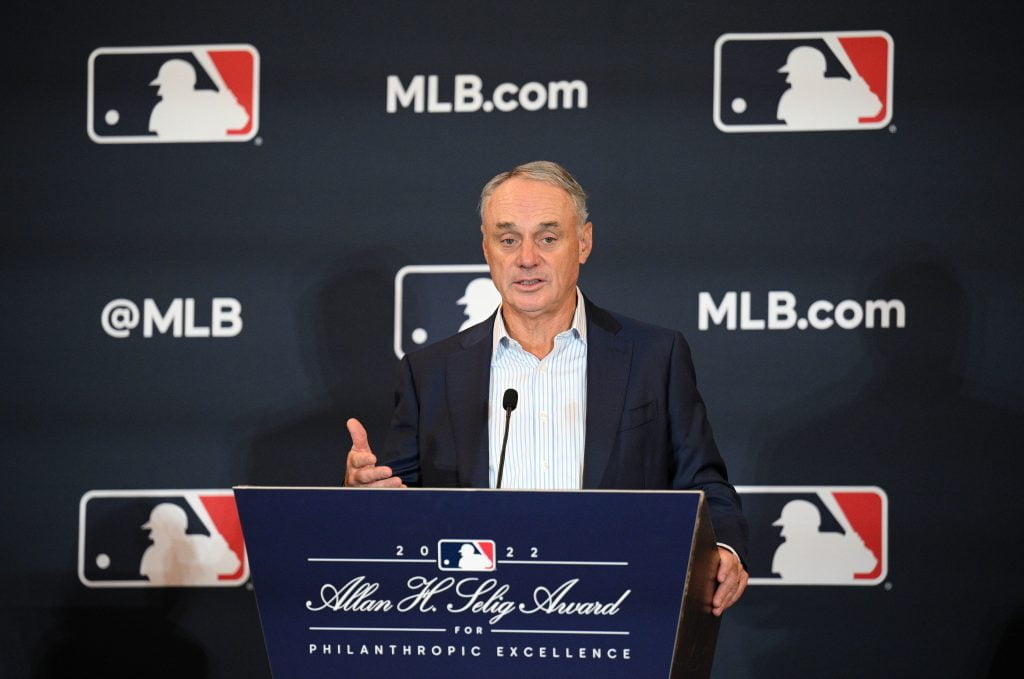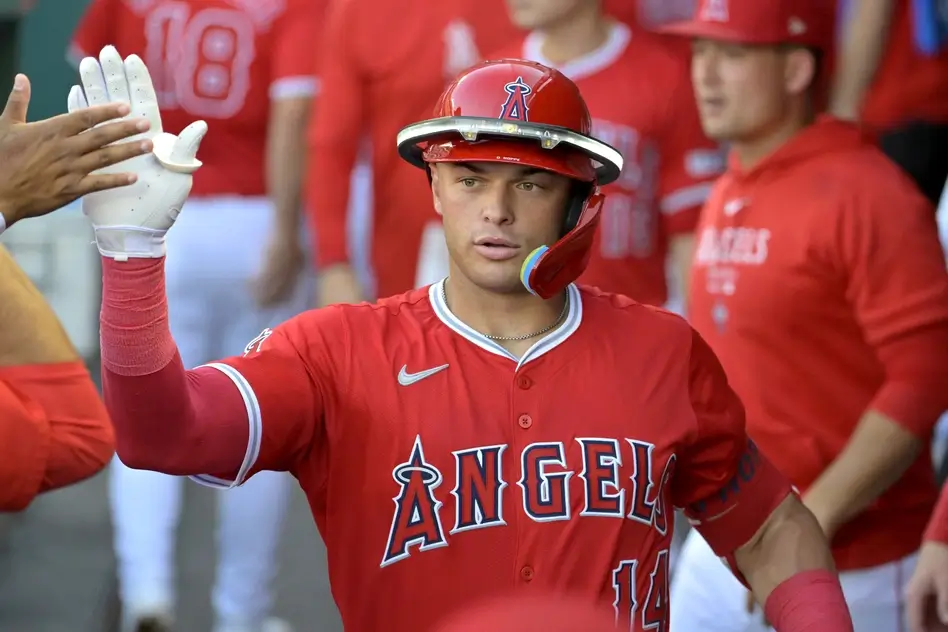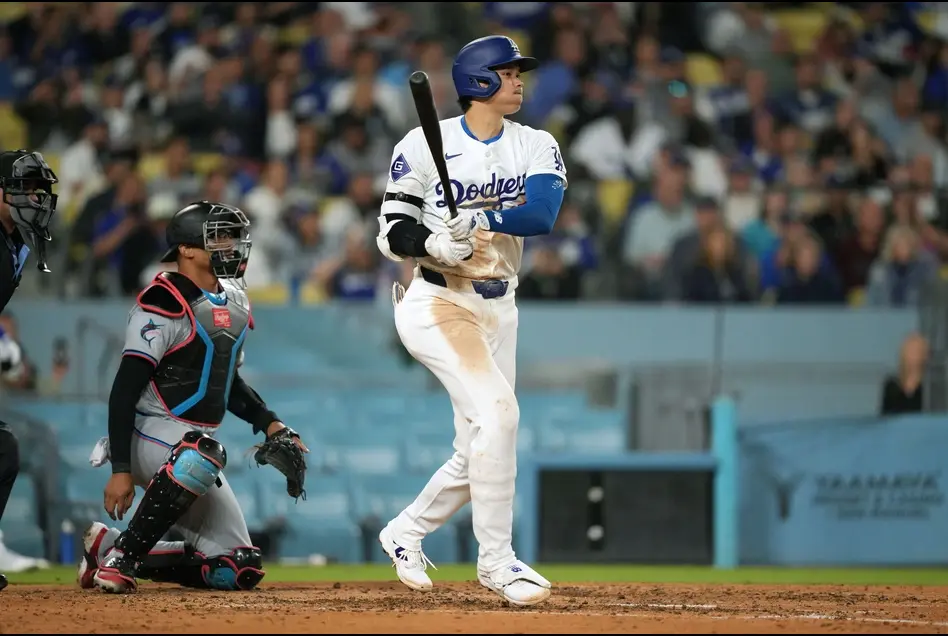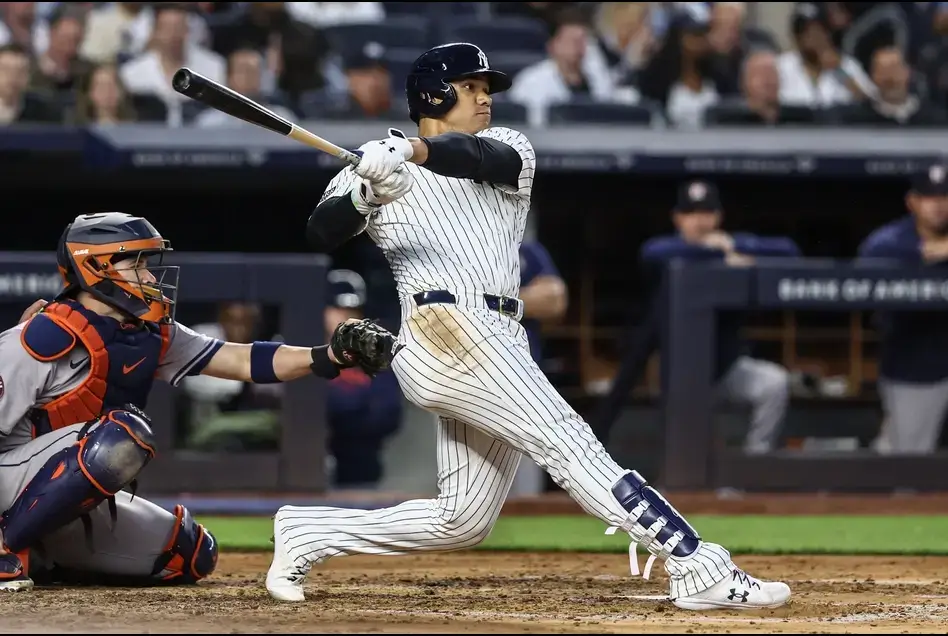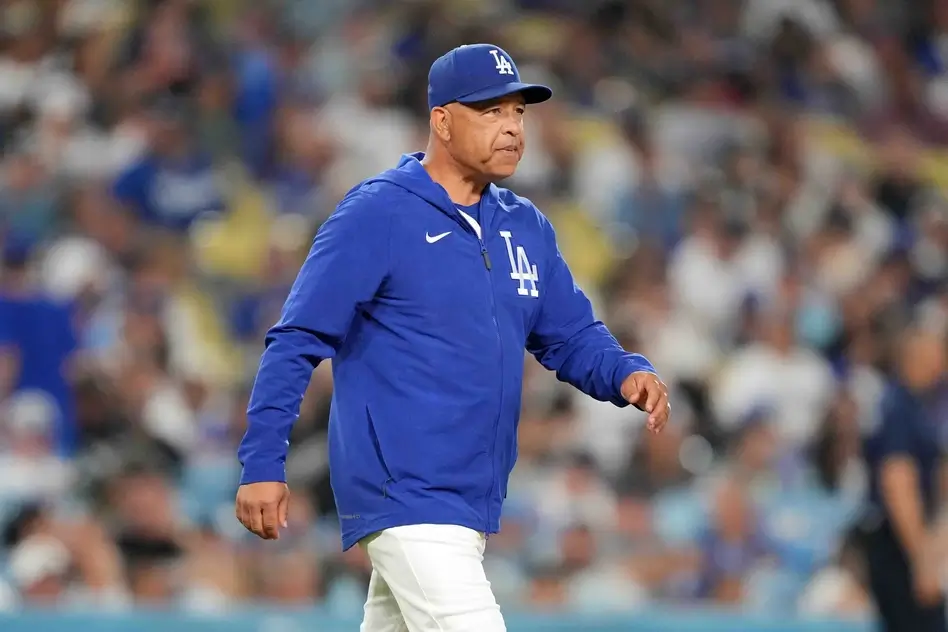Times are changing, which is why baseball fans can expect new MLB rules in 2023. It’s nothing as major as robotic umpires calling balls and strikes, at least not yet.
However, there are a few new MLB rules for 2023 that fans will want to know about before spring training and the regular season get underway. That way, they won’t get confused when watching MLB games this year.
Explaining New MLB Rules for the 2023 Season
Obviously, now is the time of year when fans are focused on player position rankings and grading the offseason winners and losers. But some of the MLB rules changes in 2023 could end up playing a meaningful role in the upcoming season.
Let’s take a few minutes to learn more about the new MLB rules for 2023 and how they might impact big league teams this season.
Pitch timer
After spending a few years in the minors, the pitch clock is ready for the big leagues, just like any other promising prospect. The use of a pitch clock is surely the biggest of the new MLB rules in 2023 and potentially one of the biggest changes the game has seen in a long time. For fans, there are three key numbers to keep in mind: 15, 20, and 30. When there are no runners on base, pitchers will have 15 seconds to begin their windup from the time they receive the ball from the catcher. With a runner on base, that number increases to 20 seconds. Finally, there will be just 30 seconds allowed between batters.
Meanwhile, when there is a runner on first base, pitchers are only allowed two disengagements from the pitching rubber during each batter’s plate appearance. This means either stepping off or a pick-off throw. Unless an out is recorded, a third disengagement will be considered a balk. In other words, a pitcher can attempt two pick-off throws, but if they attempt a third pick-off throw and the runner gets back to the base safely, it will be a balk and the runner will advance.
But it’s not just pitchers who will need to adjust. Batters will only receive one time-out during each plate appearance. With eight seconds left on the pitch clock, batters will be expected to be standing in the batter’s box and alert to the upcoming pitch. If not, a strike will be called against them just like a ball will be called if the pitcher doesn’t begin their windup by the time the pitch clock runs out.
The hope with these rules changes is that they will improve the pace of play, which has been a focal point of Rob Manfred since he became Commissioner. In the minor leagues, the average time for a nine-inning game was cut by 26 minutes after introducing a pitch clock of 14 seconds between pitches and 19 seconds with runners on base. MLB players will get one additional second, although the addition of a pitch clock should still help to reduce game times while also reducing the long delays between any real action.
Defensive shift restrictions
The other serious changes coming to baseball this year will involve a ban on defensive shifts. For years, teams have used analytics to position infielders all over the diamond to cover more ground where the batter is likely to hit the ball. At times, infielders have been positioned in the outfield while other times there have been three or four infielders on one side of the field.
However, the days of those defensive alignments are over.
Under the new MLB shift rules, teams must have a minimum of four players positioned on the infield. On top of that, there must be two infielders on either side of second base. In other words, shortstops and third basemen will no longer be able to play on the other side of second base. Also, second basemen won’t be able to play in shallow right field.
What is the point of these new MLB shift rules? Well, the hope is that it will reward hard-hit balls. It will now be harder to record outs on hard-hit balls with a well-orchestrated shift. That means that batters who make solid contact will be more likely to be rewarded with a hit.
At the same time, the shift rules will also lead to better defensive plays by athletic infielders. Rather than being perfectly positioned, infielders will have to play closer to their traditional positions and rely on their agility to get to the ball.
In turn, teams will be forced to place more of a premium on infielders who have the athleticism to cover ground and field their position rather than relying on infielders who can simply field balls that are hit right at them.
Bigger bases
The last of the MLB rule changes for 2023 will involve bigger bases. While this won’t include home plate, the other three bases will now be 18 square inches in size rather than 15 square inches.
From a safety perspective, the hope is that bigger bases will result in few collisions between fielders and base runners. Both sets of players will have more area available to touch the base without running into each other or having a hand stepped on.
At the same time, bigger bases will help to create more offense because the distance between each base will be decreased by 4.5 inches. Runners will have a better chance of being safe on close plays, which will also encourage more stolen base attempts.
In turn, this will help increase the amount of action in baseball, further reducing long stretches of tedium, which the new pitch clock rules are also hoping to address.


